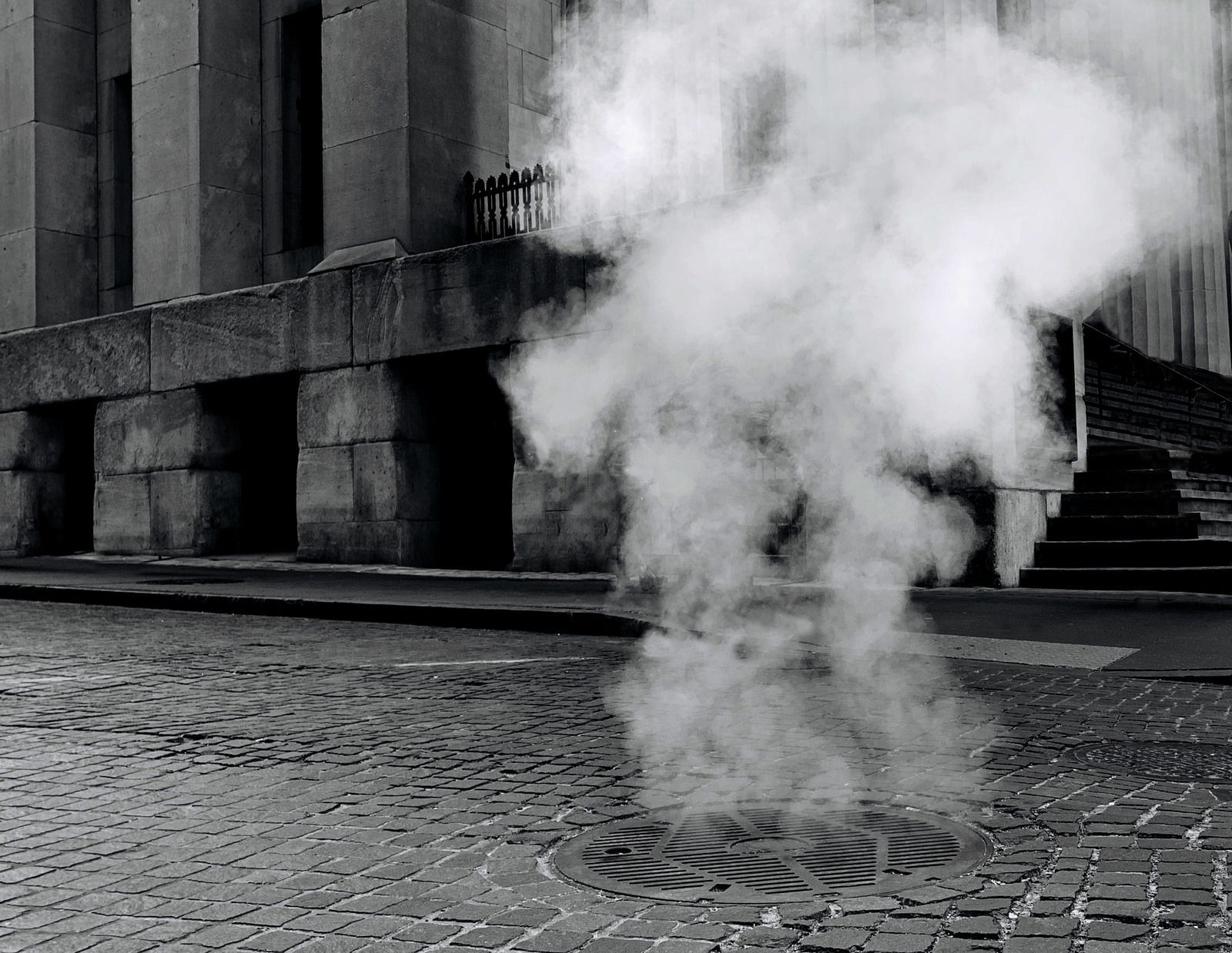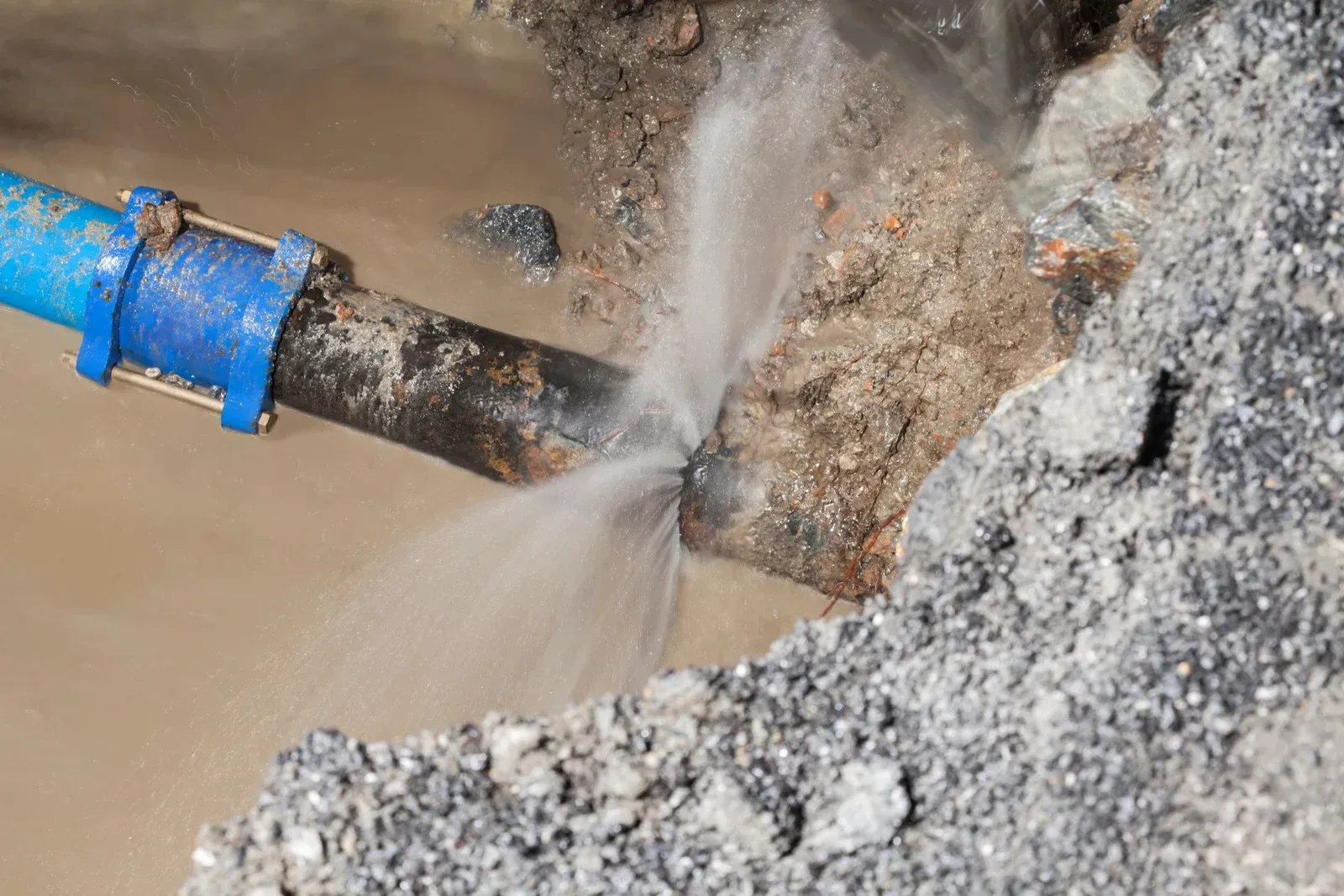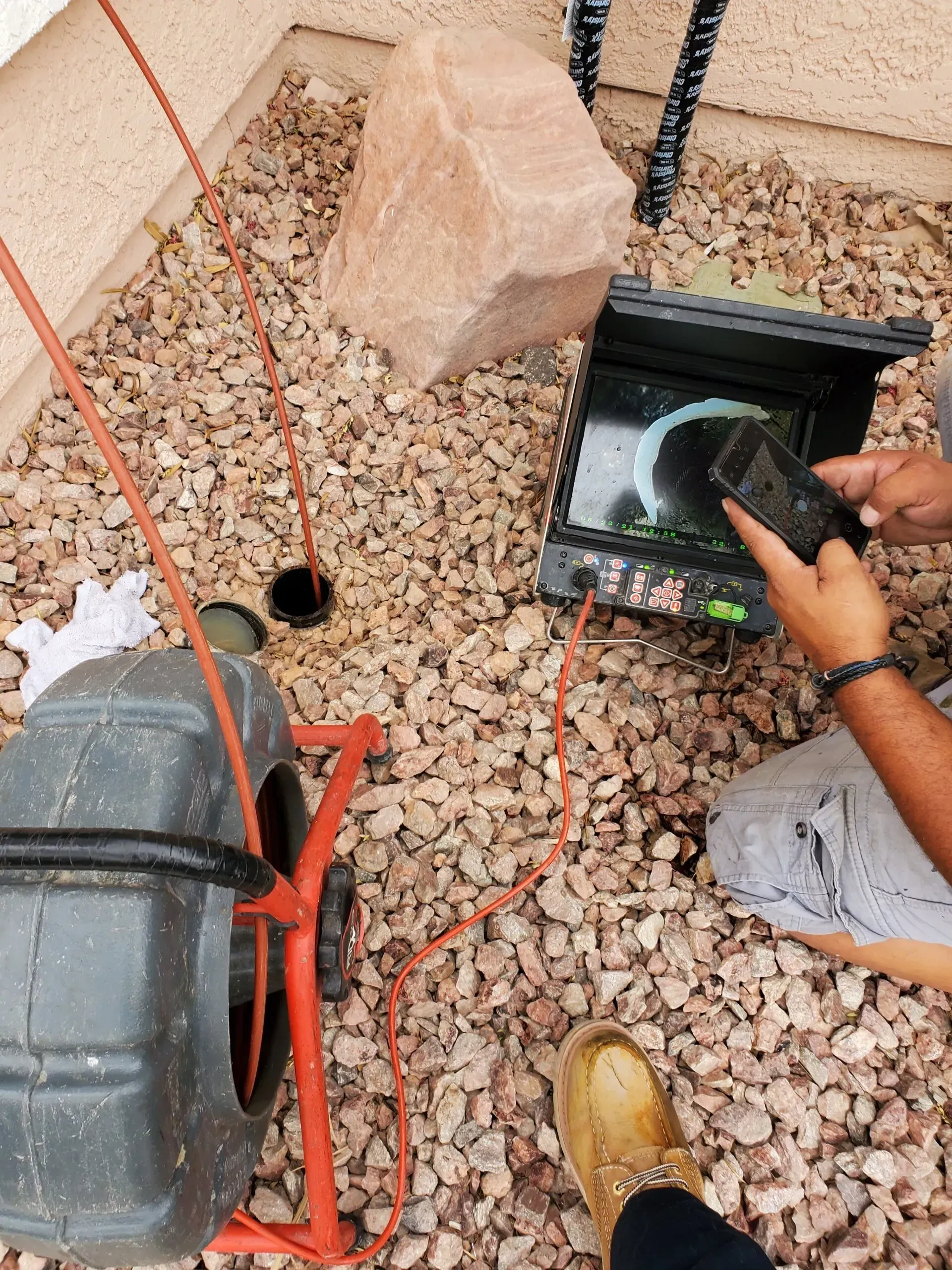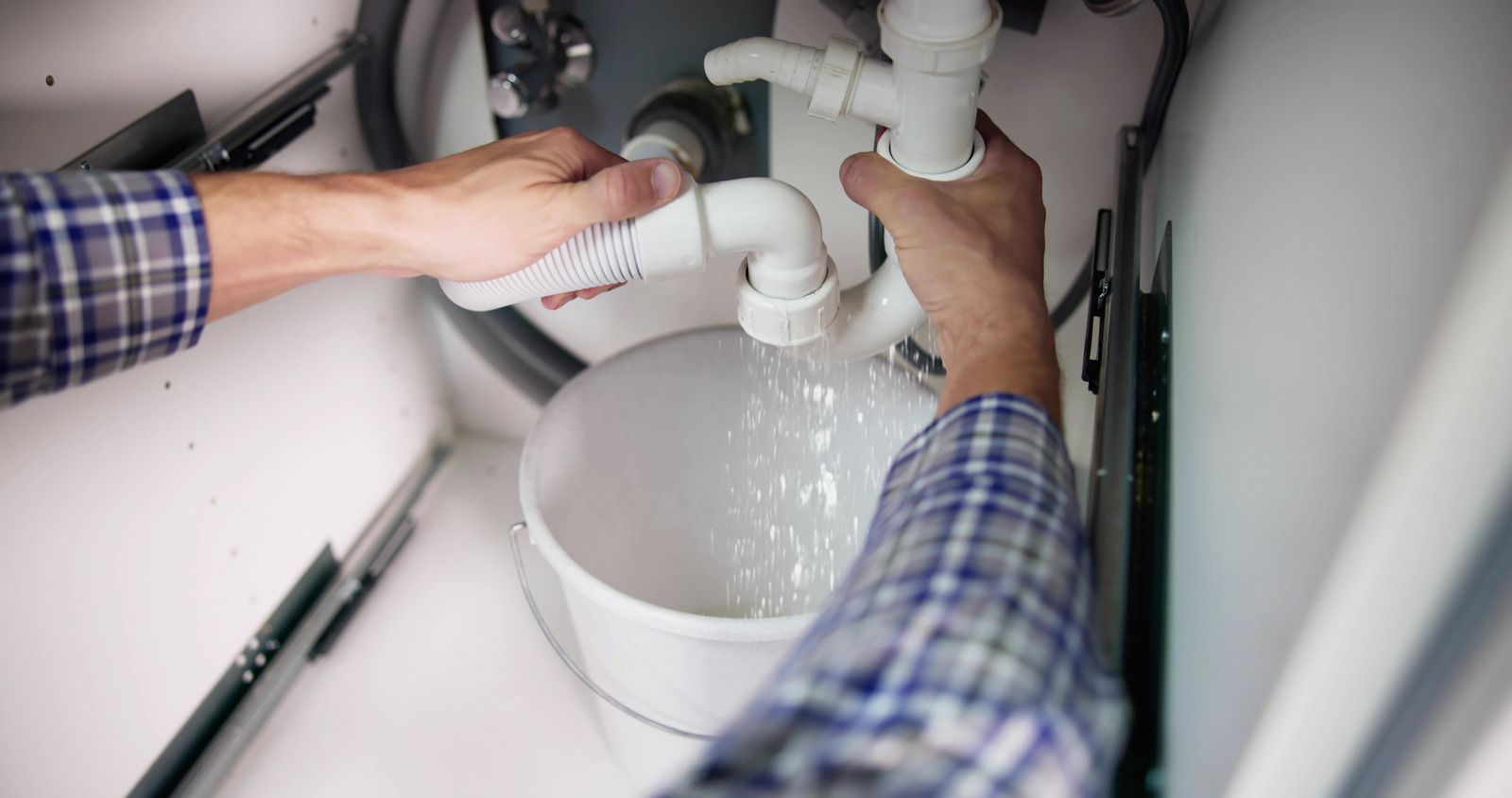Smoke Signals: Decoding the Results of a Professional Sewer Smoke Test
No one wants their home to smell like trash and have a sudden backflow of water out of nowhere. A clogged or damaged sewer system can pose a threat to our cleanliness and hygiene. If this is what you are dealing with at home, you might be considering a professional sewer smoke test. A sewer smoke test is a diagnostic process used by
licensed plumbers to identify leaks, cracks, or other defects in underground sewer pipes. It's a harmless and effective way to pinpoint problems that you might not notice.
How is a Sewer Smoke Test Conducted?
- As a first step, the plumber will first seal any openings in the drain system, such as vents or floor drains. This is done to make sure that the smoke can travel through the entire sewer system.
- A special smoke machine is then connected to a drain access point. This machine generates a harmless, white smoke that is often scented with a light fragrance. It allows people to see the smoke when it leaks, or smell it.
- The smoke is then pumped into the sewer system. The smoke will travel through the pipes, filling any cracks, holes, or leaks. If there are no holes, it will not. leak.
- The plumber will then visually inspect the property for any signs of smoke escaping from the sewer system. This could include cracks in foundation walls, gaps around pipe connections, or even drains inside the house. The inspection needs to be thorough.
- Once the inspection is complete, the plumber will create a report outlining the findings of the test. The report will typically include details about any leaks or defects identified, their location, and recommendations for repairs.
What Do the Smoke Test Results Mean?
There are various outcomes of a smoke test. Just like you analyze the reports after a health check up, a professional can analyze the outcomes of a smoke test.
No Smoke Detected:
If there is no smoke anywhere, it is the ideal outcome, indicating that the sewer system is free of leaks and functioning properly.
Smoke Detected Inside the House:
Smoke escaping from drains inside the house suggests there might be a damaged pipe connection or a vent issue within the building itself.
Smoke Detected Outside the House:
Smoke escaping from cracks in the foundation wall, around pipe connections outside the house, or from manholes indicates leaks in the underground sewer line.
What to Do After a Smoke Test
Contact a Qualified Plumber
Discuss the findings of the smoke test report with a licensed plumber. They can assess the severity of the problem and recommend the most appropriate course of action for repairs.
Get Estimates
Obtain quotes from several reputable plumbers before making a decision. This will help you ensure you're getting a fair price for the repairs.
Schedule Repairs
Don't delay repairs if leaks are identified in your sewer system. Addressing these issues promptly can prevent further damage to your property and potential health hazards.
Benefits of a Sewer Smoke Test
Early Leak Detection:
Smoke tests can identify leaks before they cause major problems, helping you save money on repairs in the long run.
Non-Destructive Inspection:
Unlike some other methods, smoke tests are non-destructive and won't cause any damage to your property.
Improved Drain Performance:
Addressing leaks and defects in your sewer system can help improve drain performance and prevent future blockages.
A sewer smoke test is a valuable tool for homeowners and property managers to identify and address problems within their sewer systems. If you're experiencing drain problems or suspect leaks, consider scheduling a professional sewer smoke test. Early detection and repair can save you money and prevent future problems.











